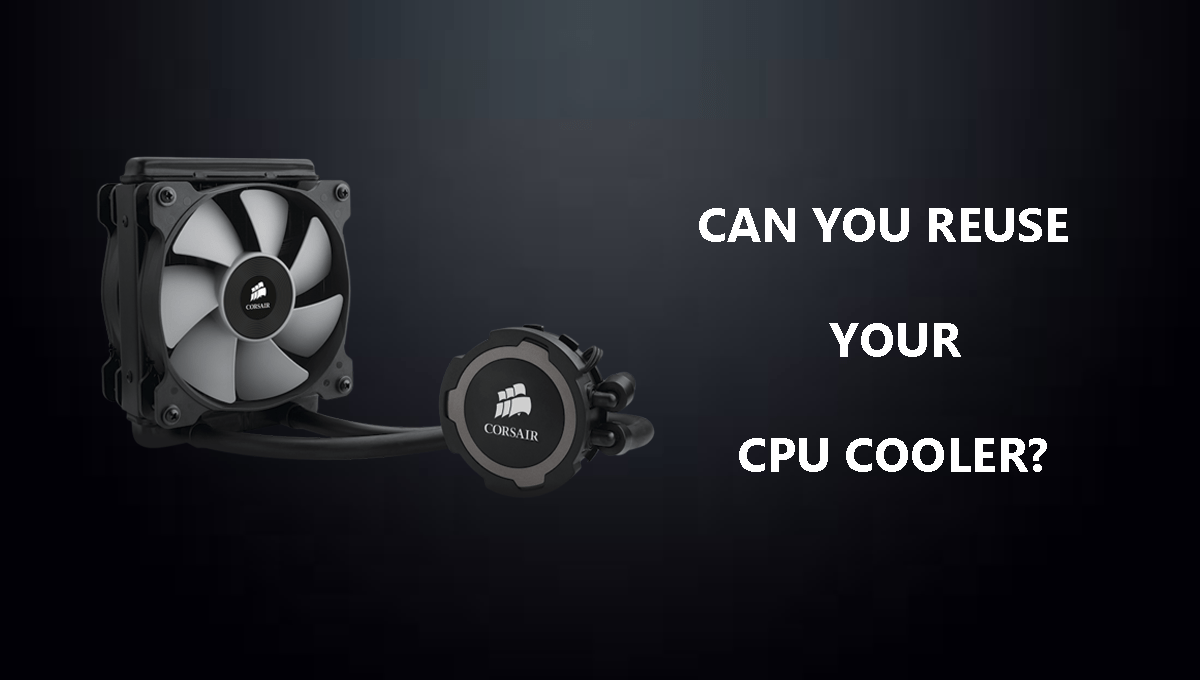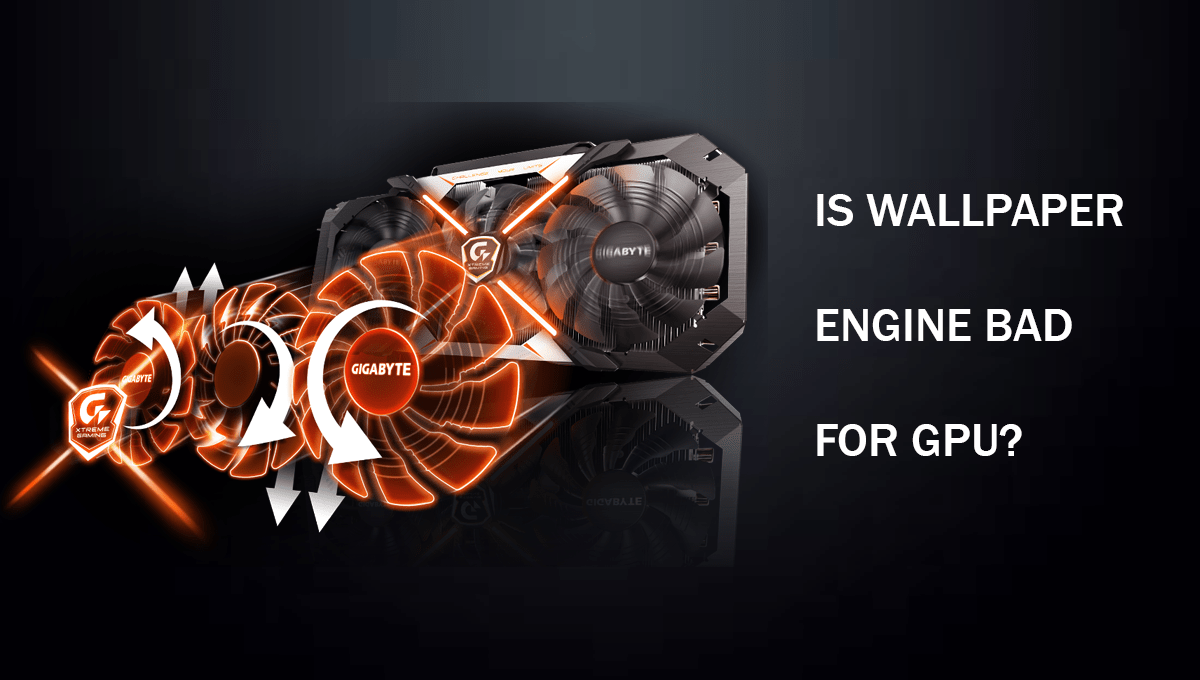So, in a short answer yes you can reuse a CPU cooler even if it’s a decade old but you just have to look out for some things before you make sure that the cooler is perfectly ready to be utilized by your CPU.
Users often question can a cpu cooler be used again? PCs have a variety of parts inside of them and some of them are usable for more than a couple of years so they can later be used effectively.
Most users scrap away their PC parts but just keep the storage devices like SSDs and HDDs because they contain their data inside them but other than that other PC parts can still be usable for later.
While it is true that CPU coolers have significantly larger compatibility issues because each motherboard has a different design type but they can still be usable even after a long time.
Unlike other components, CPU coolers don’t have any electrical parts inside of them so instead they only have a Fan and aluminum-made heatsink (Heatsinks may vary based on the Cooler model) which gives them a much longer life span.
In this guide, you will find out can you reuse a cpu cooler? and how to make sure that it is still compatible with your current hardware. So, let’s dive straight into this.
Compatibility Of The CPU Cooler
Before attaching the cooler to your CPU, you first have to make sure that it is compatible with your current motherboard and CPU because unless it is not there is no point in using that cooler other than salvaging it.
If you are using an AMD processor for the past couple of years and it is a CPU from their Ryzen lineup then you are in luck because all of these CPUs utilize the same AM4 socket which means that your previous Ryzen CPU cooler will also be compatible with the newer CPU unless you have changed your motherboard.
As for Intel CPUs, the selection is somewhat limited because most of their Core I series CPUs from the 8th to 9th gen utilize the LGA 1151 socket and if you have a CPU that is older than this generation then it might not be compatible with your CPU and you would have to buy a new separate cooler for that CPU.
Once you have the correct CPU and cooler then it is time to figure out the motherboard compatibility. Motherboards from different manufacturers have different layouts for CPU coolers.
Modern motherboards all share the same type of design for the cooler so there is no issue in upgrading the cooler.
However, in older motherboards, each one has a different layout even if it was an upgraded model. This makes the CPU cooler replaced with a newer one much more difficult.
Moreover, if you are reusing the CPU cooler from a PC that is much older with newer generation hardware it will give you compatibility issues and, in that case, it is best to buy a new one to avoid any hiccups.
Cooler Condition
Just like other mechanical parts inside any machine coolers also age and you can tell this by looking at their condition and fans. If it’s a liquid cooler that you are using to reuse with your CPU you have to look out for a couple of more things as there are more parts in them. In liquid coolers first, make sure that the tube carrying the coolant liquid is the sealed type and is not starting to break or looks weak at any point.
This is the most important thing to check out in a liquid cooler because if the tubes are not sealed tight to the correct amount the liquid will spill all over your other important components like GPU, RAM, and motherboard.
Also, be careful to not tight the tubes hard enough as it will break them. The next step is to check the pump’s condition and the base that is located at the end of it. If it’s a pump with a fan check if there is any additional coming from it and then check the condition of the copper base if it’s rough then replace it.
Moving onto the Air coolers they are much easier to maintain and check as they don’t have a lot of parts in them. The first thing you need to check in an Air cooler is its fan. Check if the fan is not too tight or not to lose and check for any kind of additional noises coming from it.
Once you have checked the fan completely then take a look at its wings and see if there’s any sign of broken wings or bent ones as this can interrupt the airflow for the CPU resulting in higher temperatures. Lastly, clean the cooler with an air blower and clean its base firmly with a microfiber cloth.
How To Install The CPU Cooler
Once you have checked the compatibility of your CPU cooler and its condition the only thing left to do is to install it on your new CPU.
First, apply some thermal paste on the CPU in a correct way and be careful while applying it because if you apply too much it will spread over the CPU and If too low it will result in higher temperatures. Once the thermal paste is applied correctively mount the CPU cooler on top of the CPU.
Once you have mounted the cooler press it firmly and tighten its screws hardly so that it does not move around and there is no gap in between the CPU and the cooler. Once done plug in the fan wire in the motherboard CPU fan slot and power up your PC and it will be good to go.
Hopefully, this guide will be useful to you and answer the question can you reuse a CPU cooler. If you think we missed something leave us a message or contact us.
Frequently Asked Questions
Can I use my old CPU cooler for a new CPU?
You can use your old CPU cooler with your new CPU but only if the cooler fits the new CPU without any issues because if there is even a slight gap you can see higher temperatures.
Do you need to refill CPU cooler?
Air Coolers don’t require any kind of refills, however liquid coolers do require to be refilled depending upon its model. If its an AIO cooler then you don’t need to drain or refill its liquid.
Can you reuse a AIO on new CPU?
Despite requiring zero maintenance AIO Coolers don’t last forever and you have to replace it if your temps starts to climb under the same condition as before.





